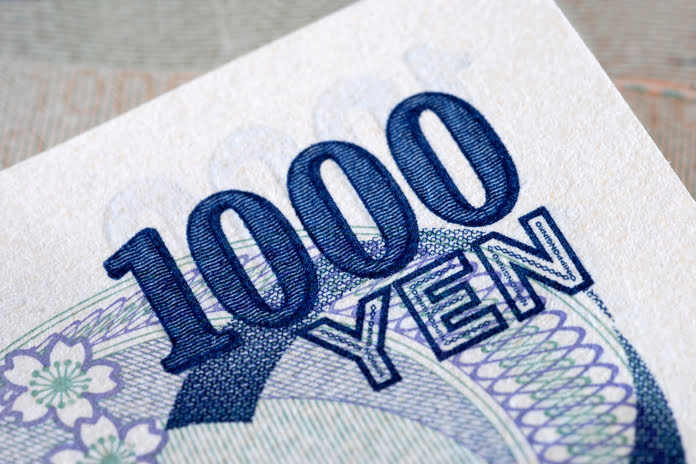The Japanese yen experienced a second consecutive day of weakening against the US dollar, retracting most of the gains made last week when speculation about less dovish monetary policy emerged. Investors awaited U.S. inflation data and three major central bank meetings, influencing currency movements.
The yen surged last week following Bank of Japan (BOJ) Governor Kazuo Ueda’s comments about the central bank considering various options for interest rate targets once it withdraws short-term borrowing costs from negative territory. However, Bloomberg reported on Monday that BOJ officials lack sufficient evidence of significant wage growth to justify ending ultra-loose monetary policy this month.
The dollar strengthened, reaching 146.50 yen and closing at 146.21 yen, marking a 0.88% increase for the day. This decline in the yen represents a reversal of the gains made last Thursday when it reached 141.6 yen against the dollar.
The dollar also rose by 0.14% against a basket of currencies to 104.09. The euro declined by 0.03% to $1.0757, close to Friday’s 24-day low of $1.0724, while sterling gained 0.19% to $1.2571 after reaching a 15-day low of $1.2504 on Friday.
Investors are closely monitoring U.S. consumer price inflation data scheduled for Tuesday, seeking clues about the Federal Reserve’s likely policy path. The data is expected to show unchanged headline inflation in November, with an annual increase of 3.1%, down from 3.2% in October.
Following strong job growth in November, which surpassed economists’ forecasts, expectations for the first Fed rate cut were pushed back to May from March. Central banks, including the Federal Reserve, the European Central Bank, and the Bank of England, are set to announce their decisions on interest rates and provide updated economic projections later in the week.
Meanwhile, China’s yuan fell to a three-week low after data revealed worsening deflation in November. Consumer prices in China fell at the fastest rate in three years, and factory-gate deflation deepened, reflecting increased deflationary pressure amid concerns over the country’s economic recovery. The yuan’s onshore and offshore rates reached a three-week low, with the former closing at 7.1773 per dollar, and the Australian dollar, often used as a proxy for the yuan, declined by 0.21% to $0.6565.
Featured Image: Freepik














